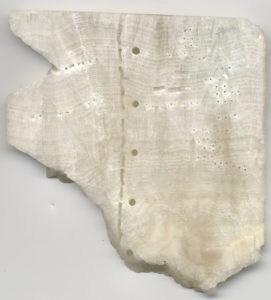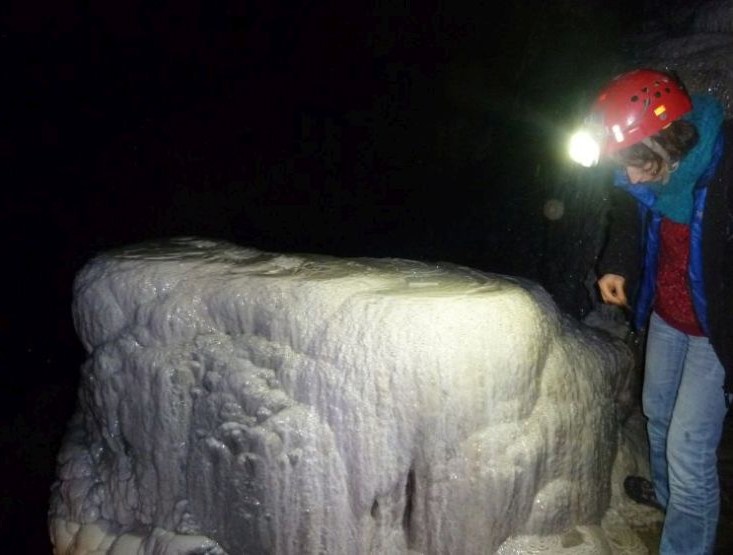Summers in Belgium have become systematically warmer and winters gradually drier from the 17th century, according to research done by the VUB research group Analytical, Environmental and Geochemistry (AMGC).
The researchers, who collaborated with the University of Gent and the Royal Institute of Natural Sciences (KBIN), were also able to determine when human influence on the environment began to play a visible role, based on drill samples from a stalagmite in the caves of Han-sur-Lesse in the Namur province.
They used the "Proserpine" stalagmite, a broad, fast-growing stalagmite located in the Han caves, to make sure there was no contamination from tourism due to the popularity of the caves.
Stalagmites grow every year and have growth rings similar to those of trees. However, the annual rings are not as clear in all stalagmites as they are on "Proserpine", which made it a very suitable sample.

Credit: © Niels De Winter
The researchers used the rings to determine the age of three samples they took. One was from a period from 1960 to 2010, a 17th-century sample from between 1635 and 1646, and a 16th-century sample dating between 1593 and 1605.
"We examined these drill samples for the presence of carbon and oxygen isotopes, which are supplied annually via the water that seeps into the cave," said Dr Niels de Winter, of the AMGC, in a press release. "From the variations in the amount of water and the isotopic composition of that water, we can deduce how rainfall evolved per season and per year," he added.
Water enters faster and more readily into a cave if there is more rainfall, or if the soil above the cave is less thick. The water, in turn, absorbs other elements which then end up in the stalagmite. In practice, the higher concentrations of the elements magnesium and strontium in the latest samples show that it is now warmer and drier compared to the 17th century.
"We were able to establish that man began to leave his mark on the landscape as early as the 17th century. By cutting down the forests above the cave, more water suddenly came into it because the soil disappeared or became thinner. In that period the dripstone grew at a higher rate. That effect disappears again in the 20th century: we see that the winters become drier and the summers warmer," De Winter added.
Maïthé Chini
The Brussels Times

